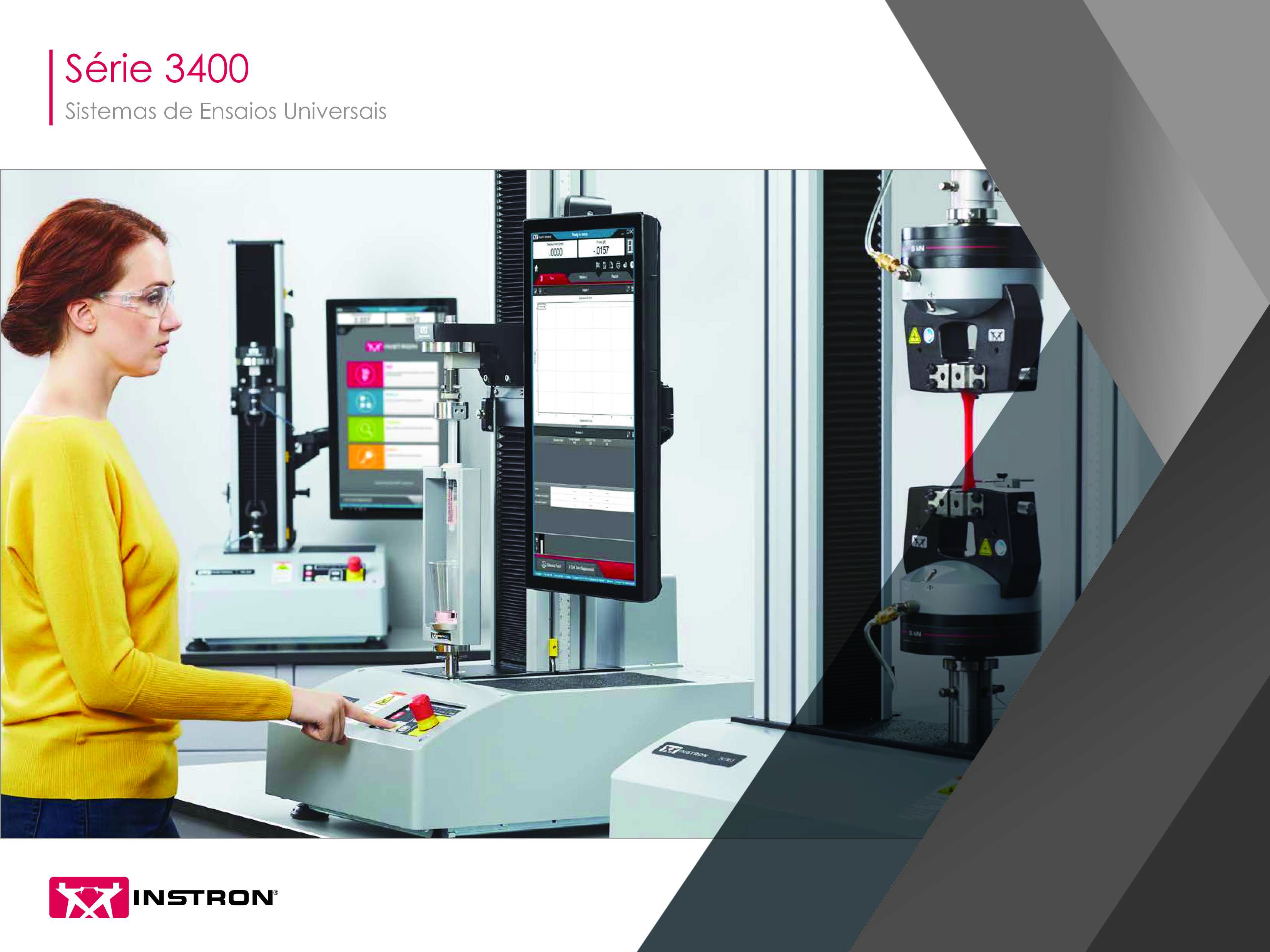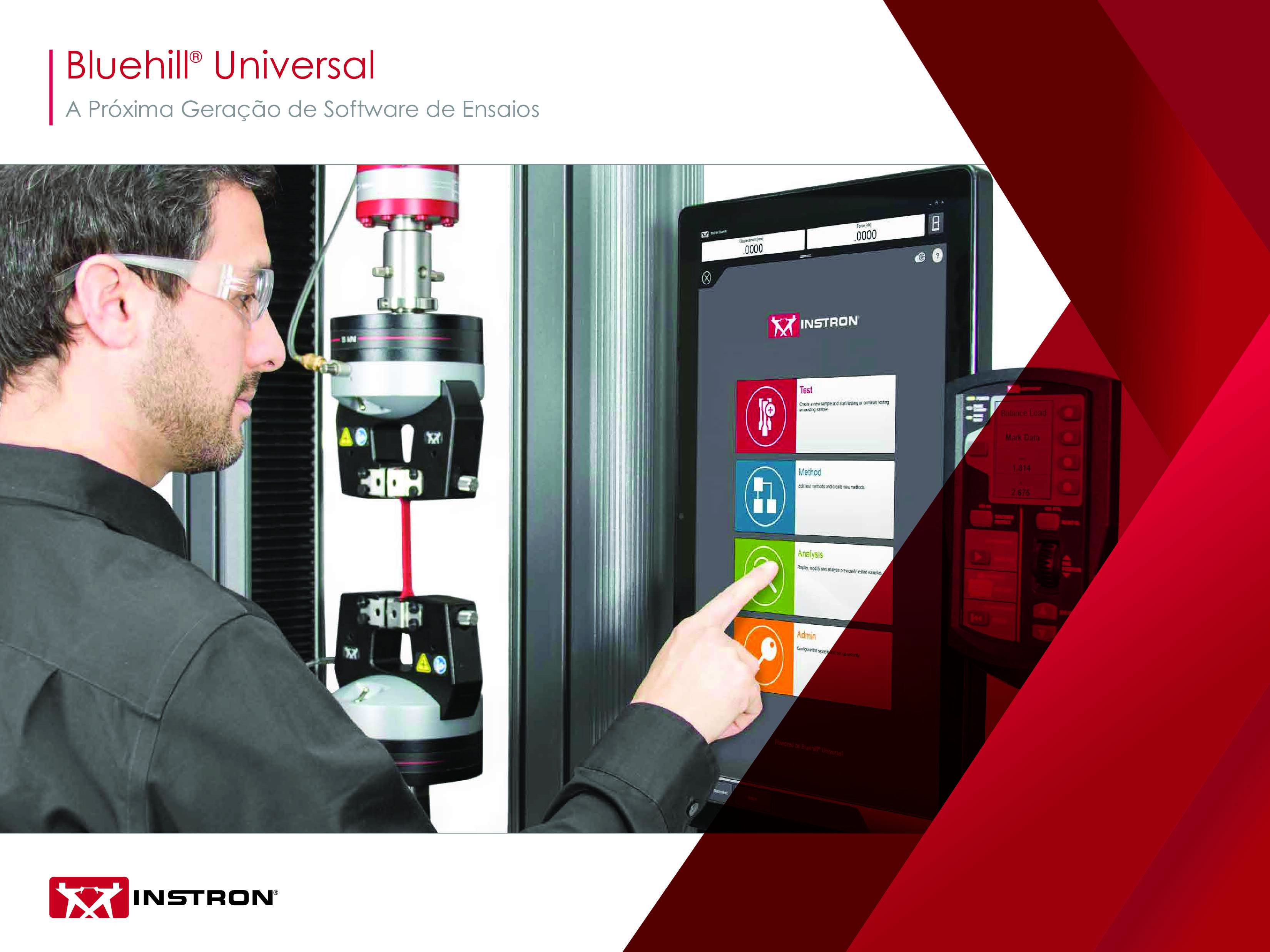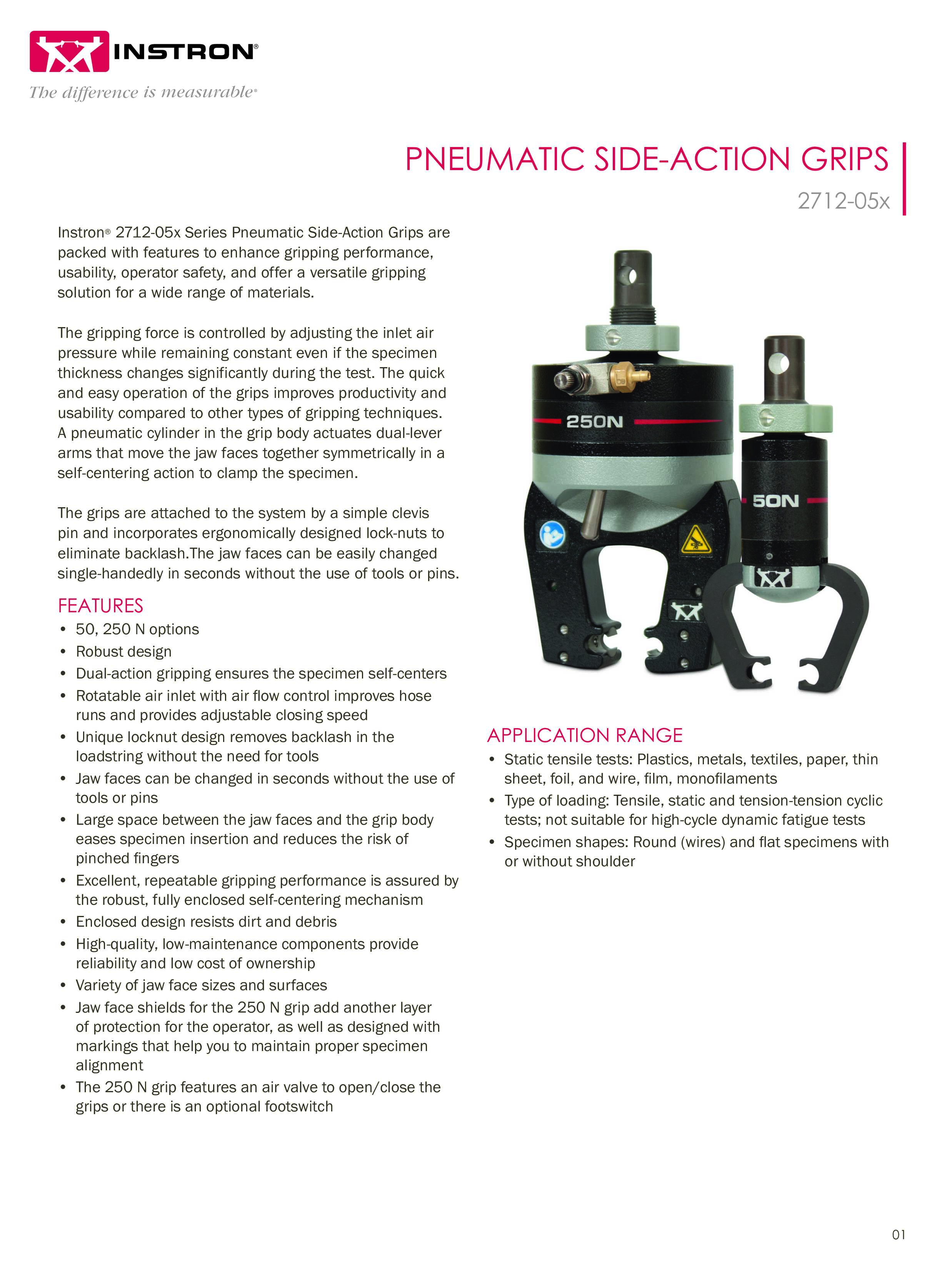Propriedades de tração ASTM D1708 de plásticos usando corpos de prova microtensionados

ASTM D1708 é recomendada para laboratórios que possuem dados históricos de propriedades de materiais obtidos através de testes D1708. Se não existirem tais dados históricos, recomenda-se consultar a ASTM D638 ou ASTM D882. Se o material for limitado para fins de teste, o corpo de prova Tipo V da ASTM D638 é similar em tamanho ao corpo de prova microtensionado definido na ASTM D1708.
Os fabricantes de plásticos devem projetar o plástico para atender aos requisitos da aplicação final. Seja fornecendo plástico para produzir dispositivos biomédicos, capacetes de bicicleta ou brinquedos infantis, cada aplicação tem requisitos específicos de resistência, além de requisitos de segurança, peso, resistência ambiental e outros. Determinar as propriedades de tração de um polímero fornece dados úteis de resistência e deformação para o processo de engenharia de plásticos. Vale ressaltar que as propriedades dos plásticos têm alta sensibilidade à taxa com que são puxados (tração) ou empurrados (compressão). É importante reconhecer essa sensibilidade, pois as propriedades experimentadas na aplicação final podem diferir daquelas observadas durante um teste controlado. Por esse motivo, a ASTM D1708 e outros padrões de teste de plásticos são geralmente usados para controle de qualidade em um ambiente de produção ou para fins comparativos em um ambiente de P
Sistema de teste de materiais
Como as forças típicas não excederão 1 kN (225 lbf) e os deslocamentos não excederão 2 polegadas (50 mm), recomendamos uma estrutura de teste de coluna única de baixa força, como as encontradas nas séries 3400 e 6800 da Instron.
| Configuração do teste ASTM D1708 | |
|---|---|
Sistema universal de teste série 6800 |
|
Software Bluehill Universal |
|
Célula de carga série 2580 |
|
Garras pneumáticas de ação lateral 2702-041 |
|

Garras
Devido às baixas forças envolvidas, garras pneumáticas de ação lateral de 250 N (catálogo nº 2712-052) ou garras manuais de cunha de 1 kN (catálogo nº 2716-016) devem ser suficientes para a maioria dos testes ASTM D1708.
Dicas e truques
- A fixação pode ser um desafio ao testar corpos de prova de tamanho reduzido. A ASTM D1708 permite um comprimento mínimo do ombro do corpo de prova (a região do corpo de prova que é fixada) de 8 mm, o que pode causar dificuldades devido à inserção insuficiente do corpo de prova na face da garra. Quando existe inserção insuficiente do corpo de prova, recomenda-se usar garras que não permitam o pivoteamento da face da garra, pois isso pode causar concentrações de tensão indesejadas ao longo do corpo de prova. Com inserção suficiente do corpo de prova, a Instron recomenda suas garras pneumáticas de ação lateral com capacidade de 250 N (catálogo nº 2712-052) com faces serrilhadas. Com inserção insuficiente na face da garra, são recomendadas as garras manuais de ação em cunha da Instron com capacidade de 1 kN (catálogo nº 2716-016).
- Devido ao seu pequeno tamanho, os corpos de prova microtensionados podem aumentar as chances de risco de pinçamento quando os operadores fixam o corpo de prova com garras pneumáticas. As estruturas de teste das séries 3400 e 6800 da Instron têm um Kit de Ar Smart-Close opcional que é totalmente integrado à estrutura e ao software. O Kit de Ar Smart-Close minimiza os riscos de pinçamento fechando as faces das garras em velocidade e pressão reduzidas durante a instalação do corpo de prova. Quando o teste está pronto para começar, a pressão total é aplicada e a rotina de teste é iniciada.






